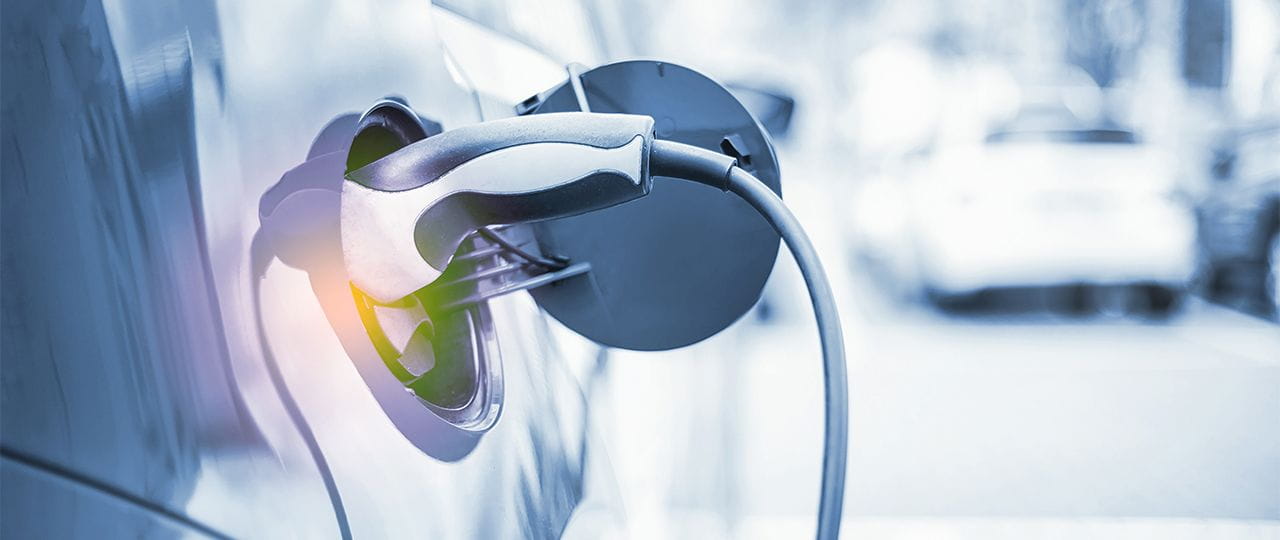Batteries have been an indispensable part of life for decades. In fact, it’s unlikely that we would enjoy conveniences like modern-day automobiles, cell phones, or air travel without them. Today, batteries are going through a new phase of innovation as a rising interest in alternative energy sources pushes many to adopt battery-powered vehicles and equipment over those that use gasoline. Batteries are even being hailed as one of the best solutions for our current energy storage needs. This puts the spotlight on producers of plastic battery components to supply parts that can help ensure longevity and performance.
Material Selection for Plastic Battery Components
Due to their nature, selecting the right material for plastic battery components is vital to the effectiveness and performance of the overall battery. Materials must meet specific requirements and should exhibit certain mechanical properties, chemical resistance, and thermal stability characteristics.
Materials can come in a variety of grades and often include general consumer resins such as polypropylene, engineering-grade resins like polycarbonate and nylon, and high-performance resins such as PPS and PEEK.
Which material you’ll need for your plastic battery components will depend on a variety of factors, including:
- Type of battery—Different battery chemistries (e.g.lithium-ion, nickel-metal hydride, etc.) will require different levels of chemical compatibility and thermal stability.
- Operating conditions—Temperature range, exposure to chemicals, and mechanical stress levels directly influence material selection.
- Safety requirements—Materials must meet flame retardancy standards and resist thermal runaway conditions in batteries.
- Regulatory compliance—Many applications require compliance with both international standards (UL and IEC) and environmental regulations (RoHS and REACH).
There is also a distinction in materials between standard consumer-grade batteries, which often require materials that offer a good balance between performance and cost, and specialized batteries (such as those in aerospace, EVS, and industrial settings), which call for engineering-grade or high-performance materials that meet stringent requirements.
Special Injection Molding Process Considerations
There are several special considerations when it comes to the manufacturing of plastic battery components through injection molding. Ensuring the parts meet requirements for performance, durability, and safety is key. That’s why it’s important to prioritize efficiency and attention to detail throughout every phase of production.
For instance, prototyping and testing are crucial for ensuring the plastic battery components will meet specific requirements and regulations. This is also the phase that allows manufacturers to identify design flaws or other problems early on so they can be addressed before full-scale production.
The design of the mold tool is another thing manufacturers must keep in mind. Particularly for parts with intricate geometries, the mold tool must be engineered to achieve the desired part functionality and quality. Decisions like wall thickness, rounded corners, rib design, and gate placement all feed into this.
And finally, process controls help ensure the consistent production of high-quality plastic battery components throughout the process. Post-molding operations such as trimming and assembly decrease time to market for OEMs.
Plastic Battery Components Made Via Injection Molding
Various parts of modern-day batteries rely on plastic injection molding for production. A few examples include:
- Battery housings—Providing structural support and protection against external elements, battery housings are typically made from durable plastics like ABS, PC, or PPC for more specialized applications.
- Covers—Covers seal the openings of housings to protect the interior from dirt, moisture, and mechanical damage. Popular materials include ABS and PC.
- Battery trays—Battery trays hold batteries in place and are especially prevalent in automotive and industrial applications. They are often made from rigid, tough materials like PP or nylon.
- Brackets and holders—Responsible for holding batteries in place to reduce movement, vibration, and wear and tear, brackets and holders are usually made from ABS, PC, or reinforced polyimides.
What Should You Look for in a Battery Components Injection Molder?
When choosing an injection molding partner to produce plastic battery components, it’s important to find one with experience in the battery manufacturing industry. This experience will almost always ensure that your manufacturer has the quality management system, equipment, and technology in place to produce parts that meet your requirements.
You should also make sure that your injection molding partner can scale operations in order to adapt to any changes in your demand.
Partner with Ensinger for Your Plastic Battery Components
At Ensinger Precision Components, we’ve been providing precision injection molding services to businesses in Connecticut and the surrounding states since 1934. We are an ISO 9001:2015-certified manufacturer that specializes in working with engineering-grade and high-performance resins, though we do complete projects that require general industrial polymers as well. Between our capabilities, our seasoned team of experts, and our machining facility in Huntersville, NC, which offers precision CNC machining services, we’re ready to supply you with the plastic battery components you need.
Ready to get started? Connect with our team today.
